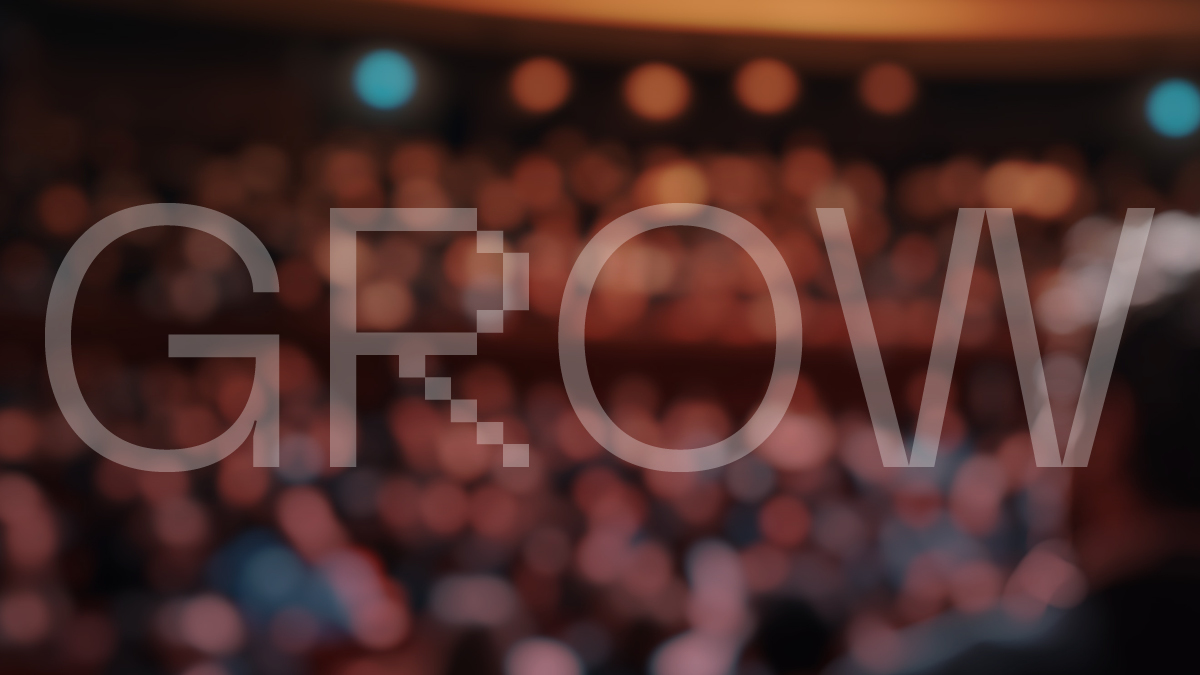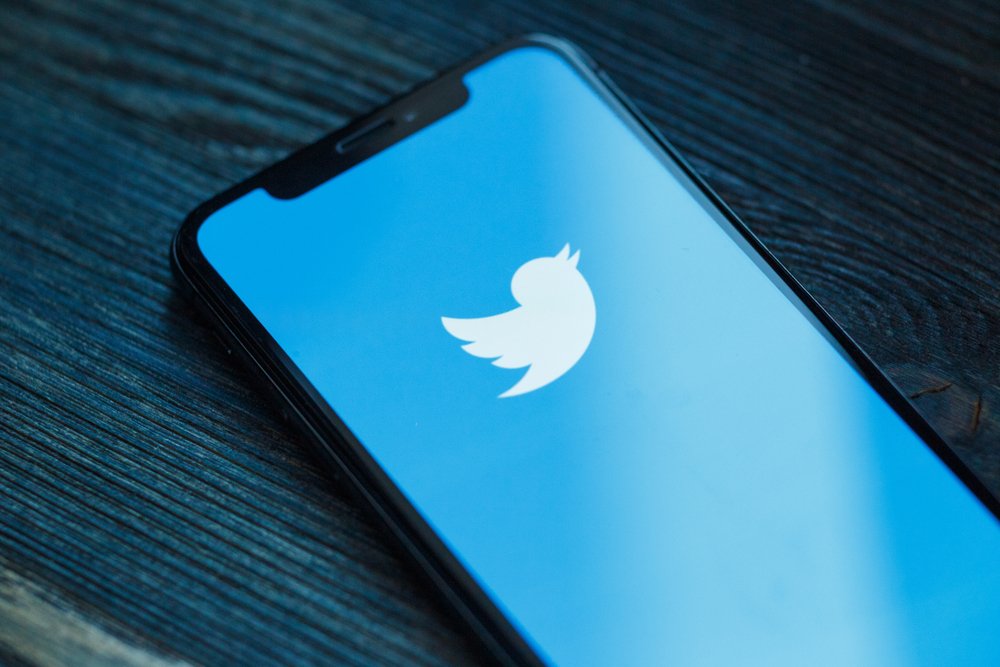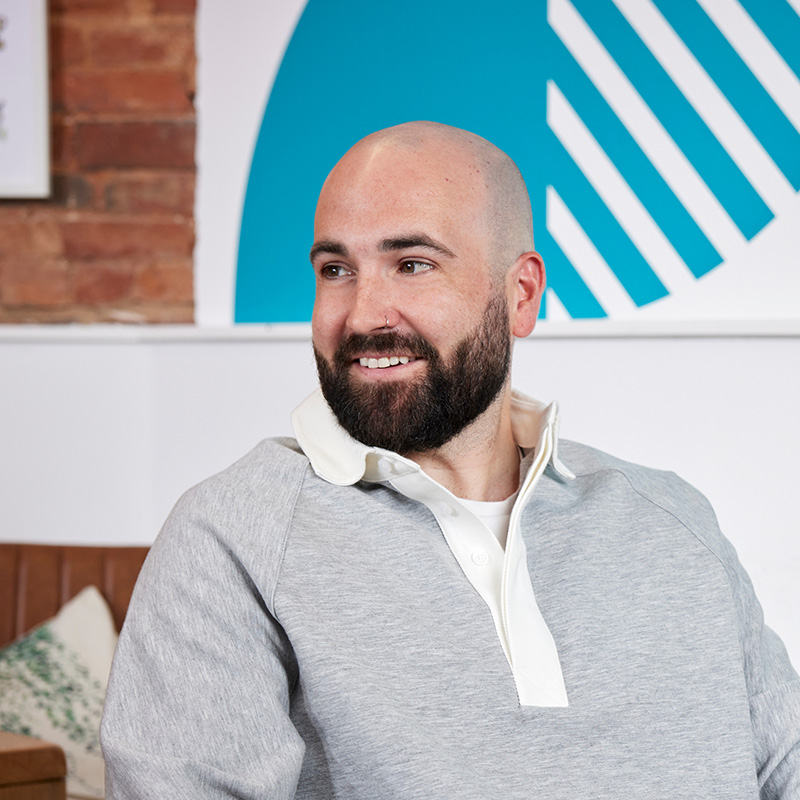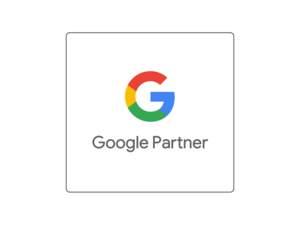Thanks to its snappy format and the opportunity it provides to find and engage with a wider audience through strategic hashtags, Twitter has historically been a popular platform for B2B brands. But is all that about to change?
Elon Musk’s takeover, valued at £37 billion, has caused a shift in the platform’s politics and agenda, generating concerns over the suitability of the little blue bird to represent the interests and values of many B2B brands.
So, what does the future look like for B2B tweeters? Let’s take a look at some of the top considerations for marketers and advertisers.
The impact on PR
The first thing B2B brands might want to reflect on is Musk’s announced plan to scrap Twitter’s already questionable moderation practices. While content moderation is designed to act as a first line of defence against misinformation and hate speech, Musk has repeatedly cast it as a barrier to free speech.
The exact plans to unlock free speech under Musk’s direction are yet to be unveiled, but as a private company, Twitter can regulate speech on its site as it chooses.
His actions come during a time of increased awareness concerning the power of social media to shape how we access, assess and absorb information. The limited attention span required by the 280-character posts, the inability to elaborate on the most complex concepts for lack of space, and confirmation bias enforced by the platform’s algorithms are argued by social scientists to increase susceptibility to misinformation.
For example, the interplay of confirmation bias and echo chambers, where social media users find their opinions constantly echoed back at them and develop a sort of tunnel vision, has been proved to contribute to the spread of misinformation about COVID-19.
Could you spot a social media bot?
Furthermore, the rise of social bots and coordinated networks that create the appearance of human crowds poses a risk, and inauthentic accounts are hard to detect.
Lowering content moderation standards can also actually damage freedom of speech on Twitter, as the voices of real users may be drowned out by users with specific and malicious intentions.
But what does this mean for your brand? The risk is two fold: bad PR, and the possibility that your content might be manipulated. Firstly, there is the worry that allocating marketing budget to advertising on a platform that tolerates hate speech might damage your reputation. Secondly, your ability to control the context of your messaging is cause for concern. Could your words be repeated, twisted and shared out of context to promote misinformation?
This is, to some extent, a risk of all social media platforms, but scarce moderation might make it even worse. The spread of misinformation can be particularly concerning for B2B brands that share safety-critical information; those operating in the biomedical and pharmaceutical industries, for example.
The impact on security
Musk’s ultimatum to his staff made the international headlines. In the middle of November, he asked Twitter’s employees to choose whether they wanted to commit to work extremely hard, or leave the company. Musk had already laid off about half of Twitter’s 7,500 employees, but his iron fist policy led to the resignation of hundreds more.
Many of the people who lost their jobs were content moderators, which led to an increase in hate speech directed at various minorities, as well as a surge in propaganda from extremist groups. But the impact of staff layoffs will have technical implications, too. As Twitter looks to roll out new programmes and features, it will need expert developers to fix new bugs and problems.
Unfortunately, this extends to security issues. Cybersecurity experts have already warned of the vulnerability of users’ data, as the resignations of key security staff makes the platform more vulnerable to fraud and theft of sensitive information.
Another risk comes from malicious users impersonating brands and organisations, an issue that might be exacerbated by Musk’s plan to launch an updated version of Twitter’s paid Verified system.
The CEO announced that Twitter Verified will now use different colours instead of just the traditional blue tick, with gold ticks representing companies, grey ticks for governments and blue ticks for individuals, regardless of whether they are considered celebrities or notable figures.
Musk added that ‘all verified accounts will be manually authenticated before check activates’. The famous blue tick was previously reserved for politicians, famous personalities, journalists and other renowned public figures.
Twitter’s previously launched Verified system - which saw users charged $8 to
have a blue tick against their name - faced a range of setbacks. This included a large surge of fake verified accounts, resulting in many advertisers halting spend.
The result was that many cheaply acquired blue ticks were used to impersonate brands, politicians and celebrities with unflattering messages. For instance, one account resembling pharmaceutical giant Eli Lilly caused a serious problem when it posted, “we are excited to announce insulin is free now.” The tweet remained on the social media platform for hours before it was taken down. Although the real Eli Lilly account later apologised, the company’s stock price dropped sharply after the false message was posted.
So, how should B2B brands react?
Although the cybersecurity risks are real, we wouldn’t recommend to all of our clients to shut down a Twitter profile they might have cultivated for many years.
If you’re concerned about the security of your data on the platform, our digital team can help you take all the necessary steps to ensure that your information is safe.
As Twitter’s takeover demonstrates, social media is a highly dynamic environment, where sudden changes in policy and trends can rapidly impact the marketing strategies of millions of B2B users. Keeping up to date can be challenging, and requires the combined efforts of multiple experts.
The specialists from our five centres of excellence can work with you to ensure your social media plan is watertight. From putting together a comprehensive strategy to considering its implications on PR, from writing engaging posts to designing graphics with a wow factor, the Pod team can help your message go viral, safely.






 Monia Dal Checco
Monia Dal Checco
 Raven Wheatley-Hawkins
Raven Wheatley-Hawkins
 William Tomaney
William Tomaney
 Alexander Costello
Alexander Costello






.png)


